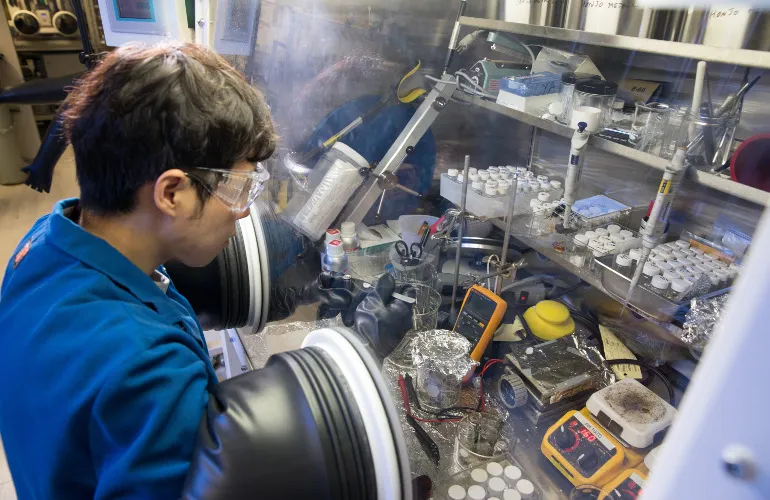IBM Research discovers new battery design that could outperform lithium-ion
- IBM Research has discovered a new battery design that doesn’t use heavy metals and may outperform lithium-ion batteries. To expand the promise of these batteries from the lab into reality, IBM Research has signed joint development agreements with Mercedes-Benz Research and Development North America, battery electrolyte supplier Central Glass, and battery manufacturer Sidus.

As battery-powered alternatives for everything from electric vehicles to smart grids are explored, there remain significant concerns around the sustainability of battery materials. Many of these, including nickel and cobalt, pose tremendous environmental and humanitarian risks.
IBM Research’s design is built from materials which do not use heavy metals or substances with sourcing concerns.
This new battery design from IBM Research uses iodide as an active cathode material, which is able to be extracted from seawater. The overall combination of this cathode material with a new and proprietary electrolyte formulation, including a reaction mediator, makes this battery system unique from other metal iodide batteries, resulting in its outstanding performance and low flammability. It holds even more promise than lithium-ion batteries across a number of transportation and energy technologies:
- For electric vehicles, the battery’s low flammability, low cost and fast charging time (less than 5 minutes to reach an 80% charge) — all of which are obstacles with lithium-ion batteries — could enable a widely accessible electric vehicle to become reality.
- In the expanding area of flying vehicles and electric aircraft, this battery can be optimized to achieve a high power density that outperforms lithium-ion batteries — critical for uses in which the ability to quickly scale power is key.
- Initial tests have also shown this battery can be designed for a long-life cycle — giving it the stability to be a sustainable, low-impact and low-cost option for power grids and energy storage.
This discovery builds on IBM Research’s deep foundation of exploratory and breakthrough chemistry and materials science. For example, the research team tapped into atomic force microscopy to better understand the forces within these battery materials at a molecular and atomic level. This same infrastructure is what has powered other transformative IBM discoveries – from semiconductor development to quantum computing.
Also read
- Ingeteam to Power Gentari’s Pioneering NSW Solar-Storage Hybrid by 2027
- Minnesota Approves 475 MW Solar, Storage Projects Expansion
- Green Genius Secures €36.7M for Major Lithuanian Solar Project
- Copenhagen Energy Taps Energrid to Build 132 MWh Danish Batteries
- UbiQD Secures Landmark Quantum Dot Deal with First Solar
